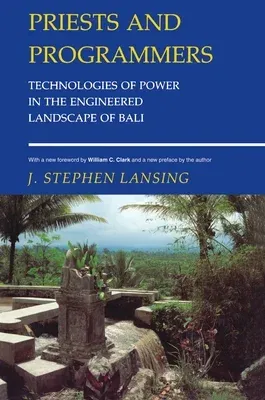J Stephen Lansing
(Author)Priests and Programmers: Technologies of Power in the Engineered Landscape of Bali (Revised)Paperback - Revised, 29 April 2007

Qty
1
Turbo
Ships in 2 - 3 days
Only 1 left
Free Delivery
Cash on Delivery
15 Days
Free Returns
Secure Checkout

Print Length
216 pages
Language
English
Publisher
Princeton University Press
Date Published
29 Apr 2007
ISBN-10
0691130663
ISBN-13
9780691130668
Description
Product Details
Author:
Book Edition:
Revised
Book Format:
Paperback
Country of Origin:
US
Date Published:
29 April 2007
Dimensions:
23.27 x
16.1 x
1.32 cm
Genre:
Southeast Asian
ISBN-10:
0691130663
ISBN-13:
9780691130668
Language:
English
Location:
Princeton
Pages:
216
Publisher:
Weight:
308.44 gm